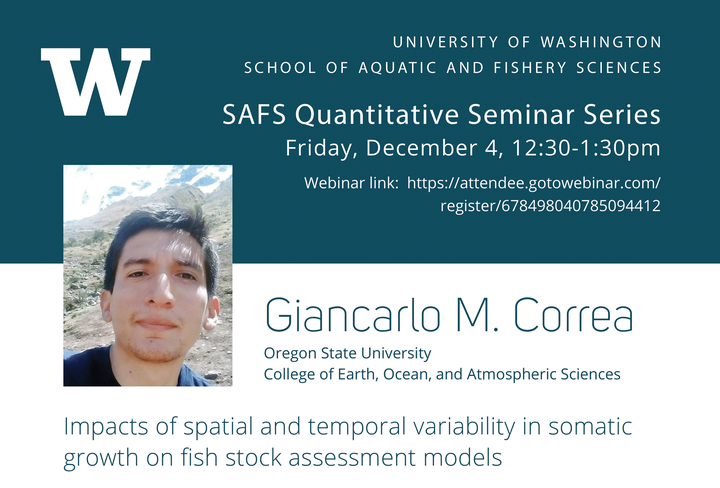Impacts of spatial and temporal variability in somatic growth on fish stock assessment models

Resumen
Variation in somatic growth is common in fish populations but often ignored when implementing stock assessment models, which can substantially impact model inputs and outputs. Age composition is defined as the proportion of a fish population belonging to each age class and is an informative input to stock assessment models. Classic methods (e.g. age-length keys) to estimate age composition from length and age data do not normally consider this type of variability, producing a need to look for alternative approaches. Model-based methods to estimate age compositions have been proposed in previous studies but their performance has not been evaluated when a significant variability in somatic growth is present. On the other hand, the impacts of considering or ignoring spatial and temporal variability in somatic growth in stock assessment model on outputs have rarely been studied, and there are no conclusive results. Here, I will discuss why we need to look for alternative approaches when estimating model inputs such as age composition, and the need to implement stock assessment models that account for spatial and temporal variability in somatic growth. Our results apply for distinct types of life histories and provide pertinent information for stock assessment best practice guidelines.